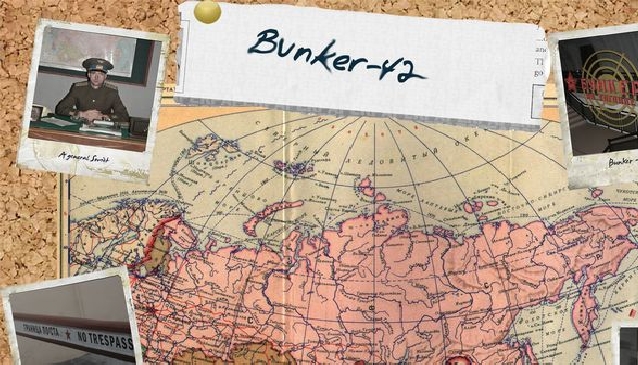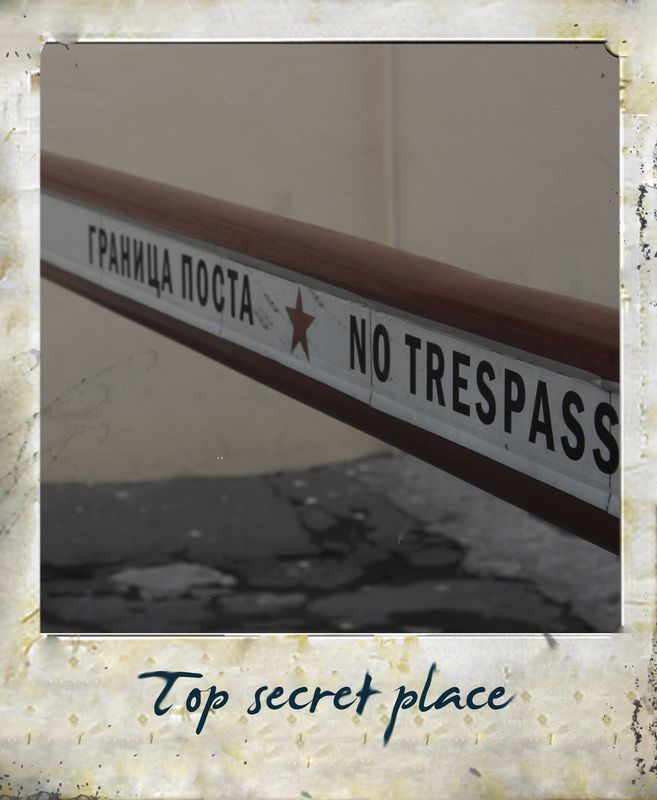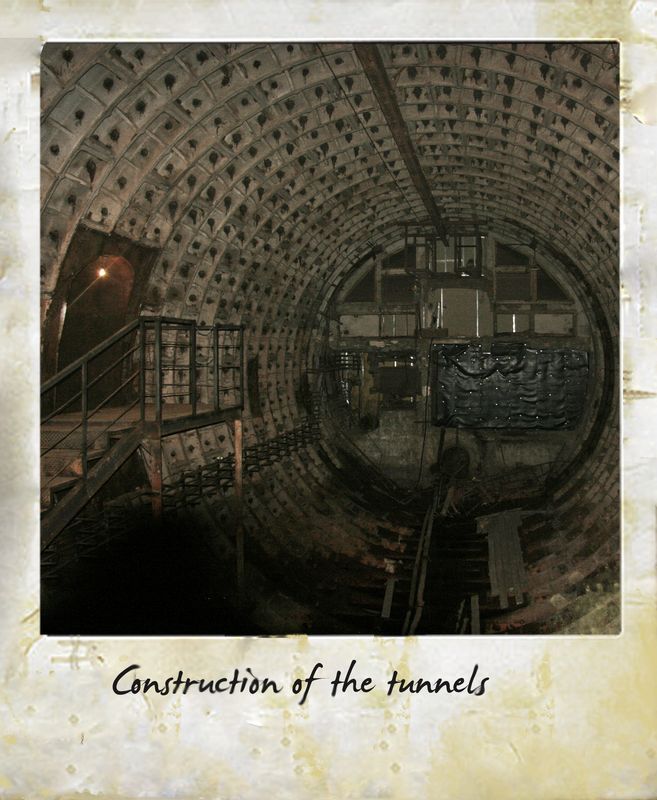Going underground in Moscow

There are a number of residential streets in southeast Moscow which all look the same. They are choked by inanimate cars and shaded by towering grey apartment blocks, entirely unremarkable and indiscernible from one to the next. Indeed, they are unsuspecting and inconspicuous, about as interesting as a collection of stamps, but this is exactly what makes them the ideal place to build something really, really important that you don’t want anyone to know about. A nuclear bunker, for instance…
Quite how Soviet leaders managed to construct 7,000 square metres of cavernous tunnels 65 metres below ground, and did so without betraying the slightest hint of activity to anyone, is almost impossible to comprehend. Even more intriguing is why they bothered going to such an inconvenience at all.

Top secret place
To explain this we need to go back to the late 1940s, when construction on the project began. The world was in turmoil, having just staggered out of the Second World War and straight into the Cold War. Tensions between east and west were as high as they’d ever been, and nuclear holocaust seemed not a question of if, but when. Bunker-42 was designed in response to this inevitability, a safe retreat that would sustain the Soviet war machine in spite of an attack.
Nuclear war never did happen, of course, and so Bunker-42 was never called upon to fulfil its intended purpose. But neither was it deconstructed, cleared out or reimagined for a different use. Instead, it was left untouched, a project frozen in time until 2006, when it was reacquired and restoration work began. Today, it stands as a chilling monument not only to Russia’s history, but to the world’s, and is open to the public.

Construction of the tunnels